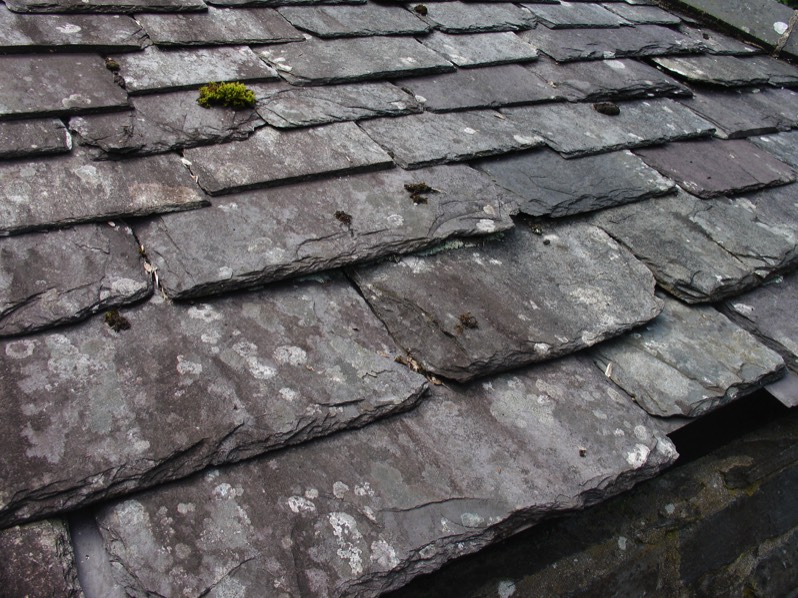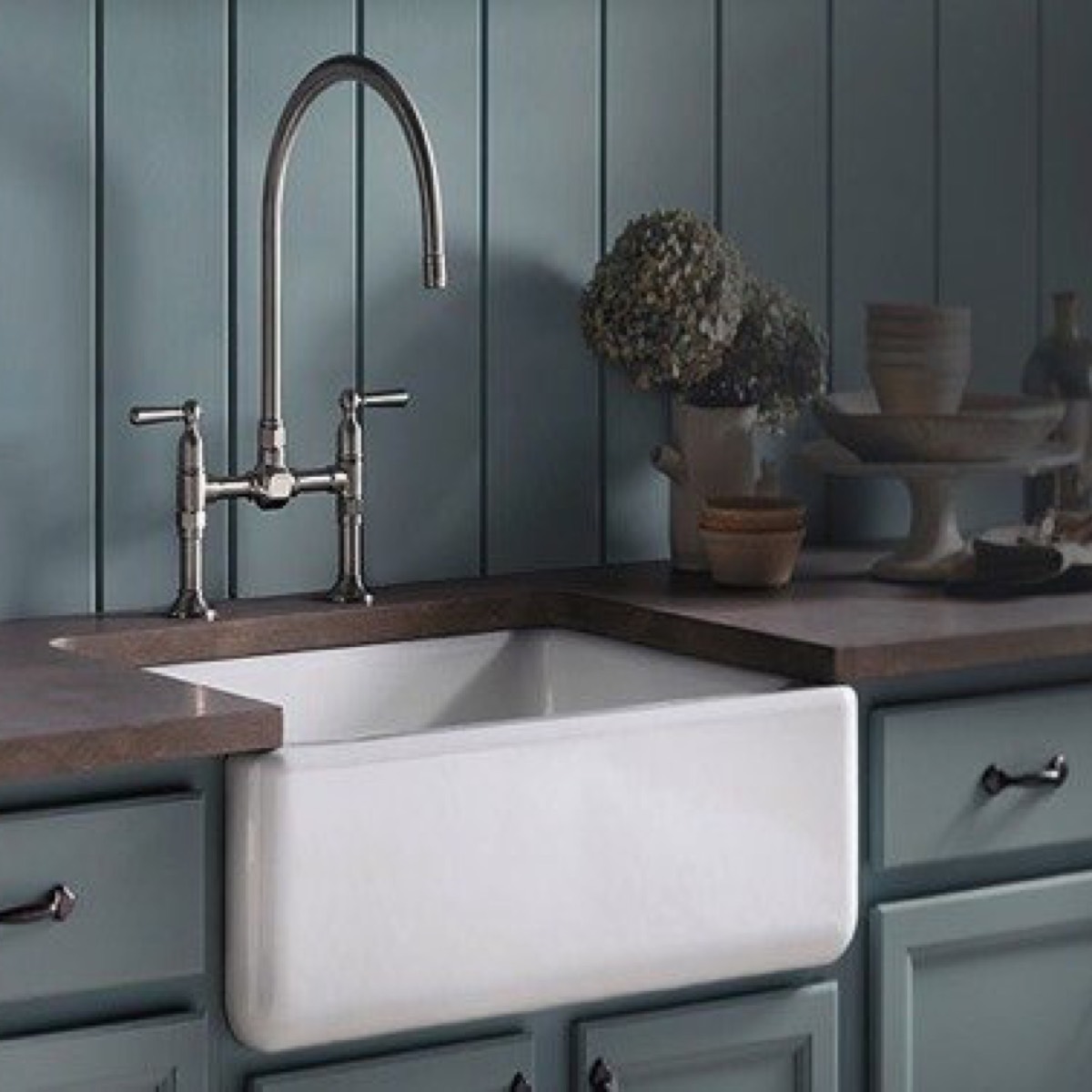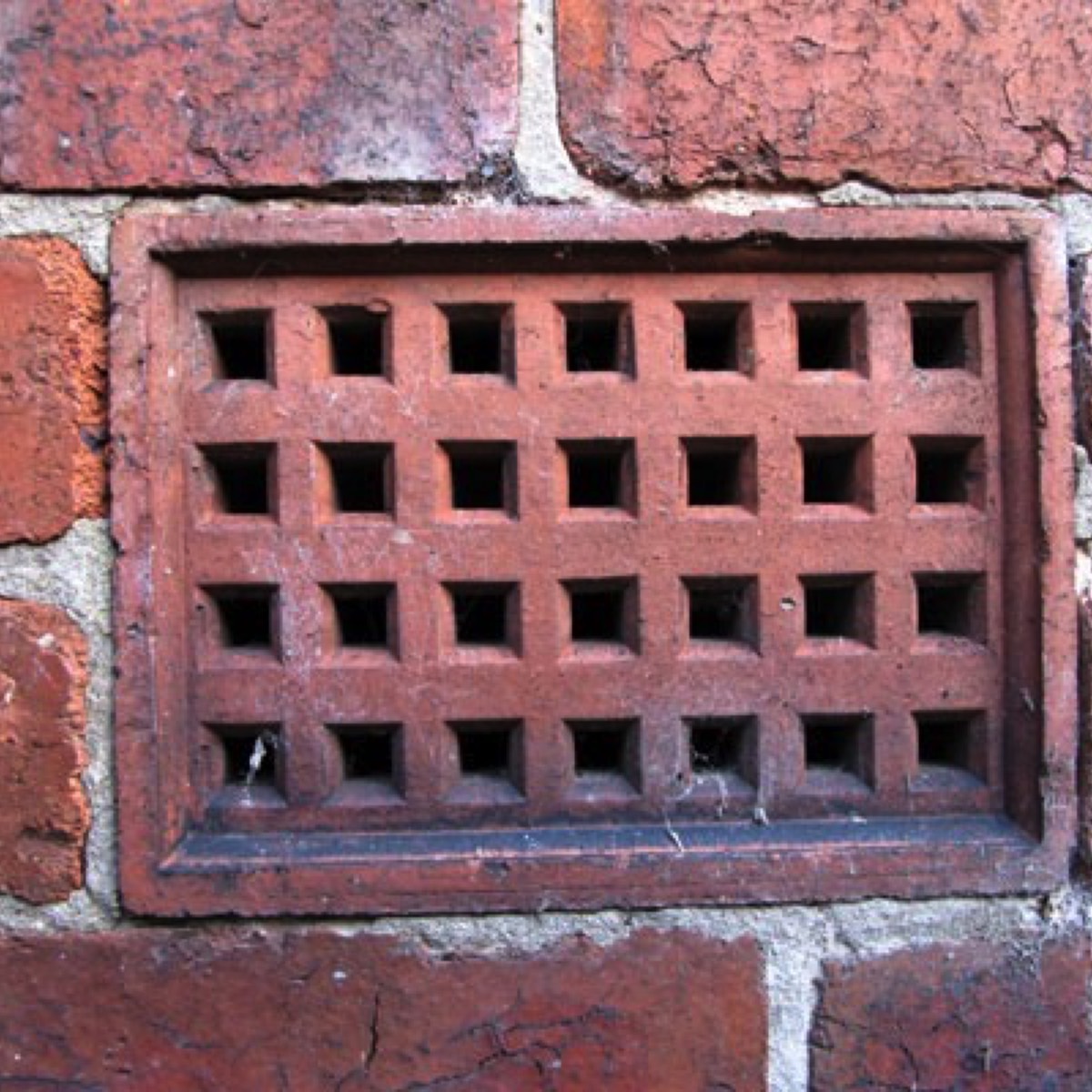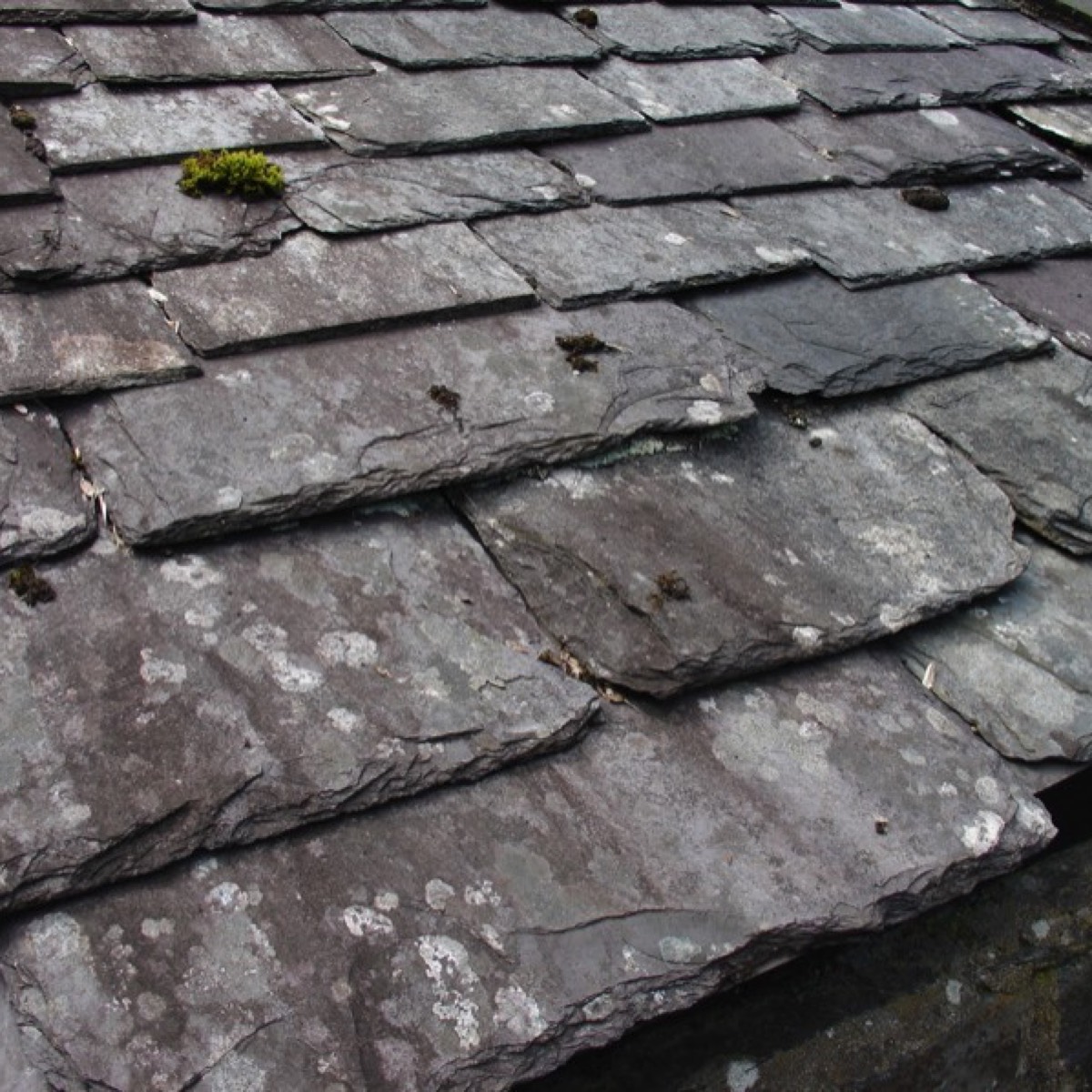How Much Does it Cost to Replace Roof Slates and Tiles?

Job Costs
| job | Description (these prices include all materials) | labour |
| 1 | Replacing one to five tiles or slates all next to each other which can be reached from a ladder without going on to the roof. 1 man 1 hour inc. materials. | £100 |
| 2 | The same tiles or slates high on the roof, again done from ladders. | £150 |
| 3 | To overhaul the whole roof properly, replacing all damaged slates or tiles, repointing a few hip tiles, re bedding a couple of ridge tiles etc. should take two blokes a nice easy day all done from ladders. | £350 |
Information Sheet on Slates and Tiles
Roof Tiling
There are many types and designs of roof tiles but they essentially fall into two categories:
Individual Tiles
Normally called plain tiles, these are about 12mm (1/2inch) thick and took over from slate roofing in the 1930’s. They can be clay, or concrete, (which is cheaper) and are placed next to each other just like the slate they replaced. Water can get between them so they are laid in a particular pattern which requires are lot of overlapping from above to prevent this. They tend to be small, approx. 250mm x 150mm (10inches x 6inches) and there are approx. 60 to any square metre.
Clay plain tiles can deteriorate over time (50 years plus) and either crack across the middle, or their hidden fixing lugs can break, or they exfoliate (spall) when an individual tile starts deteriorating in layers.
Interlocking Tiles
Introduced in the 1950s as house building accelerated, they are also about 12mm (1/2inch) thick and are normally made of concrete. They are laid side by side but connected to each other with a small overlap which prevents water ingress between them. They are much larger than plain tiles so far fewer are needed and they are much faster to lay as a new roof.
Both types have a variety of colours and can be either smooth or sand faced. The latter tend to block guttering, as time washes the sand off!
Whether individuals or interlocking, not all the tiles on any one roof are nailed into position. There are different procedures for different positions on the roof. They do all have small lugs on the back though and are hung over wooden battens which themselves are nailed to the rafters (the structural timbers which form the roof).
A roofer can easily replace a damaged tile or indeed several of them, by lifting the course above and slipping in replacements. This becomes more difficult if a course of nailed tiles is encountered but is not insurmountable.
Roof Slating
Natural Slate
These are certainly the most expensive BUT a Welsh slated roof is good for a hundred years!
They deteriorate just like tiles by cracking across their width and exfoliating but they also crack right down the middle.
Unlike tiles, every slate has to be nailed twice and when replacing one, the top bit usually stays in place and has to be mutilated out with a delicate little device called a slate ripper!
A new or matching second hand one can then be slid up into the original position after a small thin strip of lead or zinc or galvanised wire has been nailed to the batten underneath. This tingle is then bent up over the bottom of the replacement slate to keep it in position.
Natural slates come in lots of different sizes and two or three shades (even verdigris) and thicknesses. They are laid just like plain tiles, side by side with the joints directly over the middle of the one below.
Manufactured Slates
These used to be made from asbestos but for obvious reasons, these have fallen out of fashion! They tend to be produced in two sizes only and even some daft colours can be bought (I saw some red ones once)! They are fixed in the same pattern as natural slates but, left to their own devices, over time, they curl up at the bottom. To stop this a small brass rivet is fitted with each one.
There is even a hybrid manufactured tile which tries to look like natural slate. Unlike the normal manufactured slate, which is just a flat, smooth rectangle, this is textured, with rough edges but is interlocking, like a large tile. The advantage is that just like interlocking tiles, far less per metre are needed.
If you only have a very few missing or cracked tile or slates with no apparent ingress, it may be best to leave well alone. A man with crawling boards moving over your roof can create even more damage, through no fault of his own!
But…If you have water penetration, or have noticed that many tiles or slates are broken, slipped, missing or “spalled”. You are going to have to call a chappie in.
Questions to ask the Roofer during his Quotation Visit
What does you believe is causing of the problem? His answers might include….. an ageing roof; frost damage (usually the cause of spalling); nail fatigue (in the 30’s the nails which hold the battens weren’t galvanised and will now be rusting away, leaving a line of tiles or slates to slip downwards); storm damage (particularly relevant at the edges of a roof).
How does you propose to rectify the problem? If he sucks in his breath and tells you “It needs a complete new roof mate”, he may be right but he possibly, just possibly, might be a chancer!
Will you need scaffolding? If he does, and there is to be quite a lot of it, it is prudent to consider other jobs which may be necessary and can be done from it, i.e. painting the soffits and fascias, new guttering, placing a galvanised tile guard over a glass conservatory roof etc. This may involve other trades and payment for the scaffolding could be contentious. You could however, engage a scaffolder yourself.
Will your quotation include replacing any sound tiles or slates he breaks as a result of being on the roof?
Will you be replacing every damaged tile or slate over the whole of the roof, or just the obvious ones you have called to his attention?
Will you be using sound second hand matching tiles or slate replacements, or (more visually obvious) new ones?
How will you deal with any damaged tiles or slates sited immediately beneath fixed and mortared ridge or hip copings? He won’t be able to get these out without disturbing the coping (capping) stones, so does he intend to silicone the slipped tile back in, or will he slip a small lead sheet underneath? Silicone is perfectly acceptable provided it is the clear variety and all dirt is brushed away and the surface is bone dry before application.
Hint If a “roofer” knocks on your door and tells you that your roof needs fixing (“missus”), order him off your premises!
Related Jobs
Aerial
Chimney Pointing
Chimney Pots
Chimney Rebuild
Chimney Stack Removal
Fascia & Soffits
Gable End Rebuild
Gable Cladding
Gable Replacement
Gutter Cleaning
Gutter Replacement
Pointing Walls
Rendering/Pebbledashing
Scaffolding
Soil Stack
Aerial
Chimney Pointing
Chimney Pots
Chimney Rebuild
Chimney Stack Removal
Chimney Info
Fascia & Soffits
Gable End Rebuild
Gable Cladding
Gable Replacement
Gutter Cleaning
Gutter Replacement
Pointing Walls
Rendering/Pebbledashing
Roofing
Scaffolding
Soil Stack
FAQs 'traffic light' guide
-
What's easy about this job…
Open or CloseReaching from a ladder and pocketing £80 for a slate repair.
-
What's tricky about this job…
Open or CloseNot breaking the surrounding tiles/slates when repairing.
For all job costs click on the appropriate section below:
www.buildingsheriff.com
Copyright The Building Sheriff Ltd 2017


